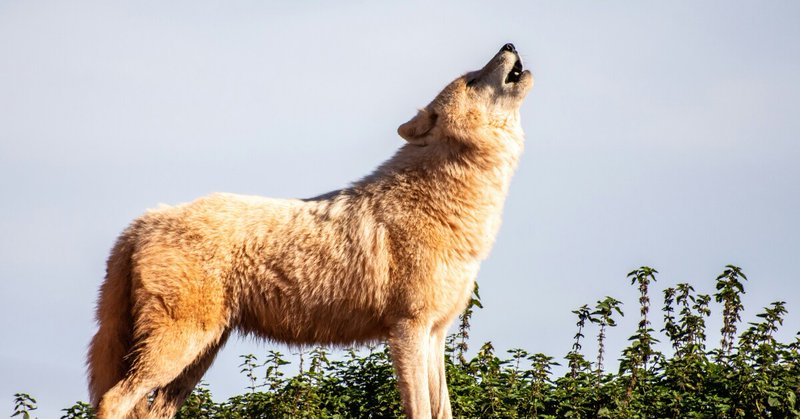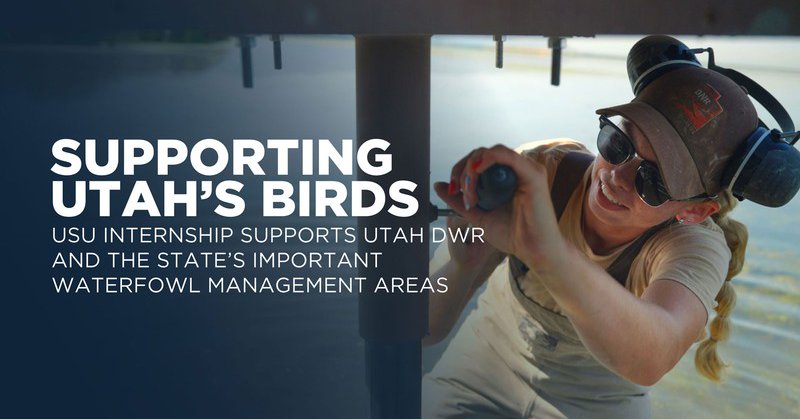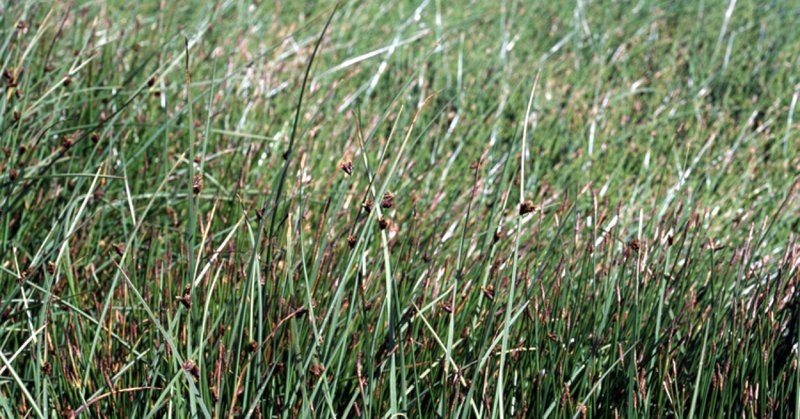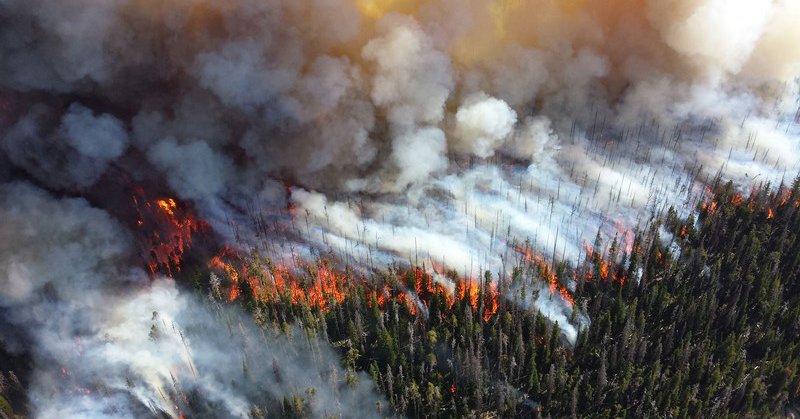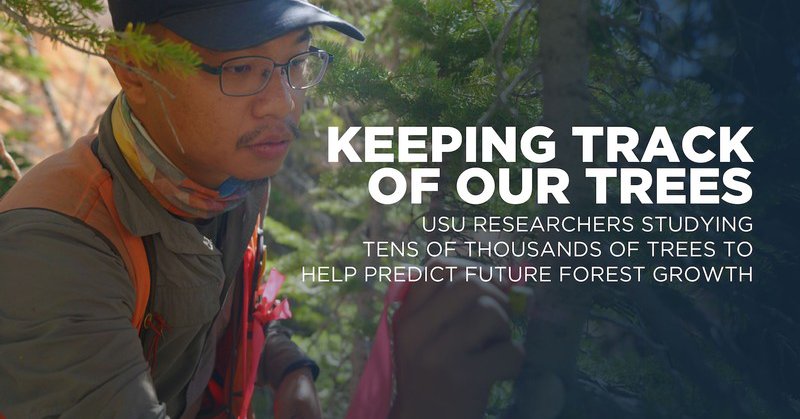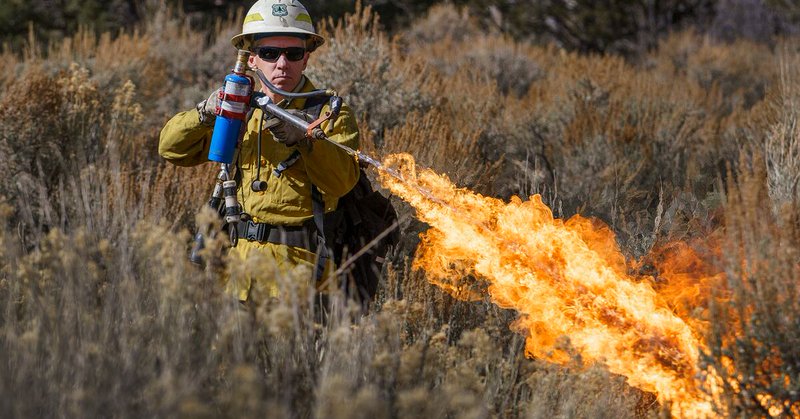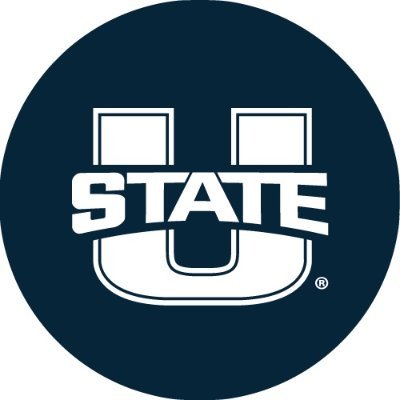
QCNR at USU
@QCNRUSU
Followers
929
Following
191
Media
236
Statuses
4K
The Quinney College of Natural Resources at Utah State University. Bringing people and ideas together for healthy and enduring ecosystems.
Logan, Utah
Joined February 2012
RT @USU_WATS: Students in our Wetland Delineation course get hands-on experience with pros @KarinKettenring and Nate Norman, and gain a bas….
0
3
0
RT @USU_WILD: What are the effects of wolves on prey species like elk and bison? Wolf expert @DanMacnulty sat down with @utahpublicradio to….
upr.org
Wolves were once naturally abundant in Yellowstone national park, but starting in the 1870s they fell prey to humans who hunted them until their numbers were non-existent. And this was all to protect...
0
1
0
RT @USU_WATS: 🦫 @RestorationUSU is a key part of our curriculum, from our undergrad to grad programs. A few short courses for working profe….
0
1
0
Each summer QCNR offers paid internships to undergraduate students, like wildlife management major Grace Johnson, who want to get their feet wet in a chosen professional field.
usu.edu
Wildlife management major Grace Johnson built hands-on experience this summer doing fieldwork in the Great Salt Lake wetlands.
0
0
2
RT @SciUnwrappedUSU: EXCITED to announce Science Unwrapped at USU's Fall 2024 JOINING FORCES series, which premieres Fri, Sept. 13. Learn m….
0
2
0
RT @USU_WILD: Coastal marsh plants store a lot of carbon in their roots! Postdoc researcher Megan Vahsen has found that some of them are ra….
upr.org
A researcher at Utah State University and her team discovered that old seeds from a coastal marsh plant can be brought back to life.
0
1
0
2 new QCNR certificates are available!.Remote Sensing and Geospatial Artificial Intelligence Foundations certificate is for undergrads, and the Applied Remote Sensing Geospatial Artificial Intelligence certificate is for professionals and grad students.
usu.edu
Beneath almost every aspect of modern life streams a colossal river of data, and AI may be the only way to usefully manage it.
0
0
1
A team led by Jim Lutz, professor in USU Wildland Resources, is working through sun and storm this summer at Cedar Breaks National Monument in Southern Utah, checking up on trees.
usu.edu
Across the West, trees have been dying at higher rates, and USU researchers want to keep track of how they die.
0
0
4
RT @DrJulieKYoung: Congrats to @_JRandolph_ (& others) on getting this published! Collaborative work on #cougar dispersal & habitat selecti….
0
15
0
The Great Salt Lake released 4.1 million tons of carbon dioxide and other greenhouse gases in 2020, researchers found -- more evidence that dried-out lakes are a significant source of emissions.
washingtonpost.com
The Great Salt Lake released 4.1 million tons of carbon dioxide and other greenhouse gases in 2020, researchers found — more evidence that dried-out lakes are a significant source of emissions.
0
0
1
RT @USU_WILD: Western wildfire smoke is present across much of Utah, and fire ecology expert Jim Lutz says that while fires are difficult t….
sltrib.com
The summer fire risk will be high in Utah as temperatures rise.
0
1
0



